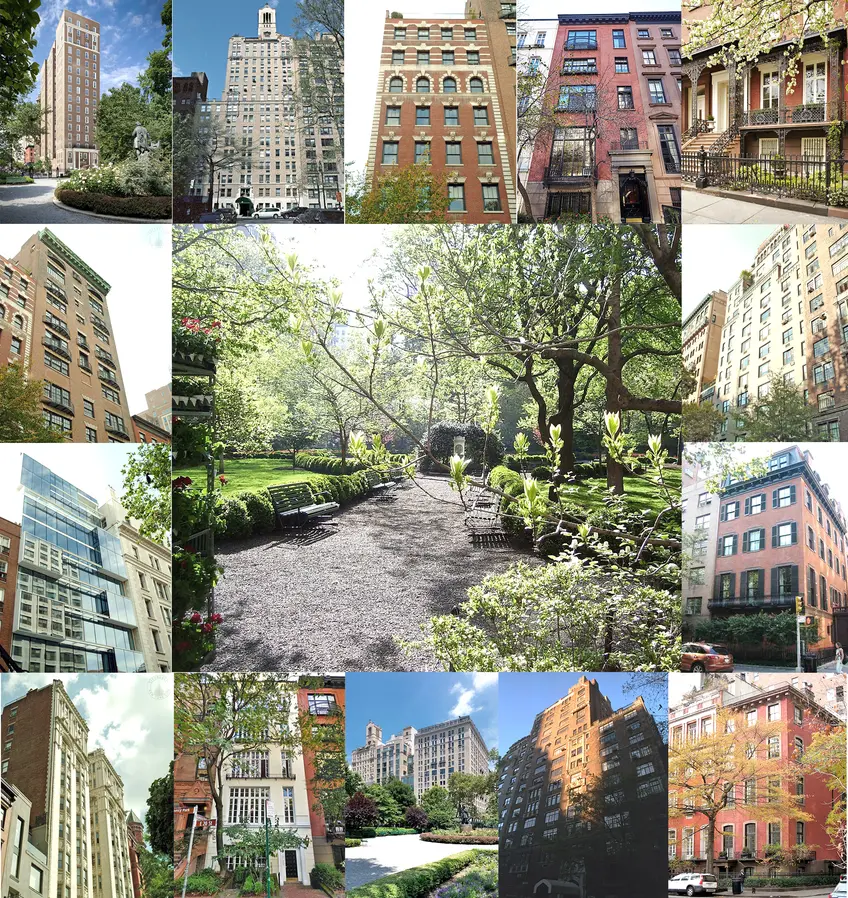 Gramercy Park and some of the residential buildings encircling it with key access
Gramercy Park and some of the residential buildings encircling it with key access
New York's most upscale residential buildings flaunt the use of high-quality materials: statuary marble floors and countertops, bronze door handles and frames, and onyx details. But the rarest and perhaps most highly coveted amenity of all is made from a commonplace nickel alloy: a key to Gramercy Park, the only private park in Manhattan. The first keys to Gramercy Park were made of solid gold, and today’s keys are treated as reverently as if it was still the practice.
Many luminaries have enjoyed access to Gramercy Park through the years, including actor Edwin Booth, publishing magnate James Harper, actor James Cagney, actress Margaret Hamilton (the Wicked Witch of the West in The Wizard of Oz), and musician Rufus Wainwright. While author E.B. White never lived there, he and a friend once jumped the fence into Gramercy Park and he wrote a poem about it for The New Yorker.
More recently, 3 Gramercy Park West was used as the exteriors for Carrie Bradshaw's newest abode on And Just Like That... Off-screen, model/actress Cara Delevingne has listed the Gramercy Park apartment she purchased from comedian Jimmy Fallon for $11.8 million in summer 2022 (see below).
More recently, 3 Gramercy Park West was used as the exteriors for Carrie Bradshaw's newest abode on And Just Like That... Off-screen, model/actress Cara Delevingne has listed the Gramercy Park apartment she purchased from comedian Jimmy Fallon for $11.8 million in summer 2022 (see below).
In this article:
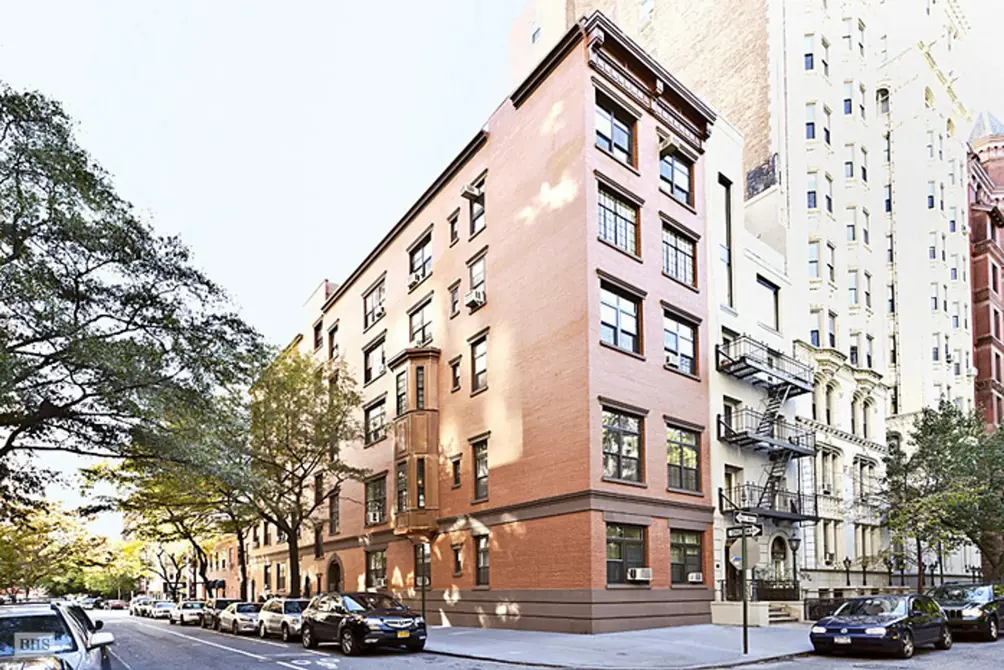 Former building at 38 Gramercy Park East to be redeveloped into a 20-story condo development
Former building at 38 Gramercy Park East to be redeveloped into a 20-story condo development
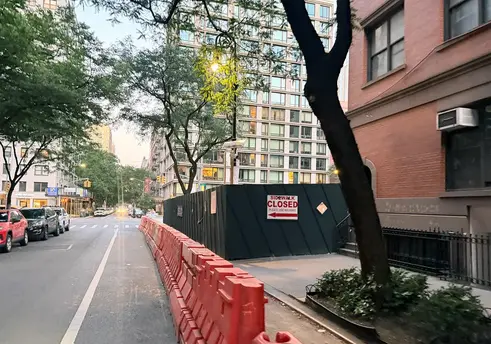 38 Gramercy Park East, August 2025 (CityRealty)
38 Gramercy Park East, August 2025 (CityRealty)
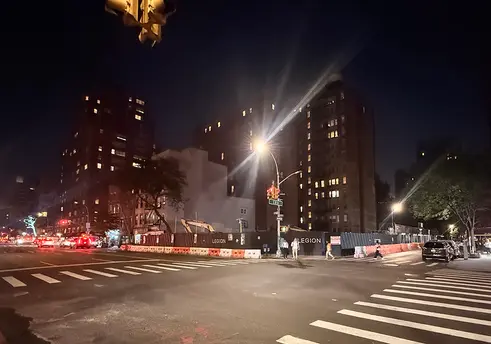 37 Gramercy Park East, October 2025 (CityRealty)
37 Gramercy Park East, October 2025 (CityRealty)
As only buildings directly on Gramercy Park may access keys, today’s developers are understandably eager to build there however they can. Zeckendorf Development paid for the first year of park keys for buyers at 18 Gramercy Park South. The first buyers at the condo conversion of 36 Gramercy Park East received park keys on personalized brass keychains. And if buyers at the nearby 57 Irving Place were able to join The Players, a members' club that confers park keys to members in good standing, the developer arranged a deal to pay their annual dues for five years.
The latest newcomer is about to take shape at 38 Gramercy Park East. After years of building a six-parcel assemblage that included the prewar cooperative, the neighboring rental at 37 Gramercy Park East, and air rights from a neighboring cooperative, partners Legion Investment Group and Gindi Capital began work in earnest in winter 2025: They closed on both the final parcels and a flurry of buyouts for residents in February 2025, and demolition is underway on 37 Gramercy Park East. Early drawings show a thoughtful, traditionally-inspired building that harmonizes with its historic surrounds.
As the site is located just outside the boundaries of the Gramercy Park Historic District, a project of this magnitude can take shape without the approval of the Landmarks Preservation Commission ("Landmarks"). However, details like a light brick facade, arched entries and windows, and numerous setbacks pay tribute to prewar architecture. Details about the apartments and amenities are not yet available, but one certainty is that the owners will receive keys to Gramercy Park.
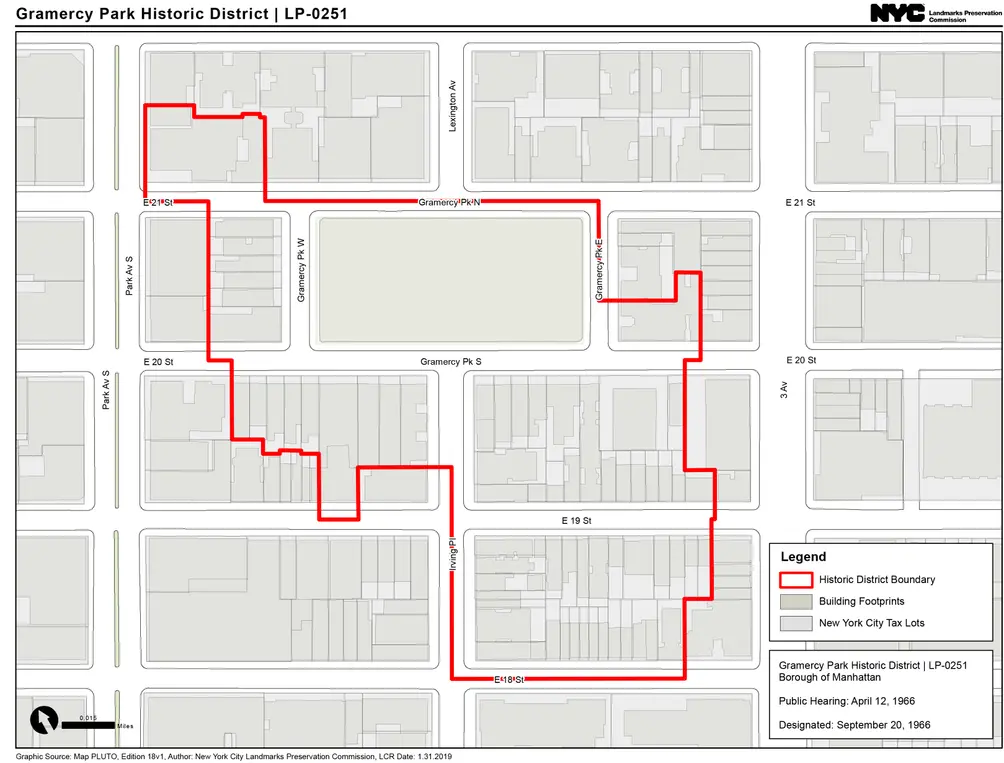 Gramercy Park Historic District (Landmarks Preservation Commission)
Gramercy Park Historic District (Landmarks Preservation Commission)
38 Gramercy Park East stands out for its size (the largest new development to take shape along Gramercy Park in over a century, as per The Real Deal) and for the fact that it is rare for new development to rise alongside the park and get a key. The latest new developments were 18 Gramercy Park South, a former Salvation Army residence converted by Robert A.M. Stern Architects and intentionally chosen for its proximity to the park, and 50 Gramercy Park North, the residential component of the Gramercy Park Hotel.
But while new development directly on Gramercy Park is limited, the surrounding Gramercy area has seen a moderate amount of new construction in recent years, including the Gramercy Square complex, 200E20th, and The Willow, which launched sales in spring 2025.
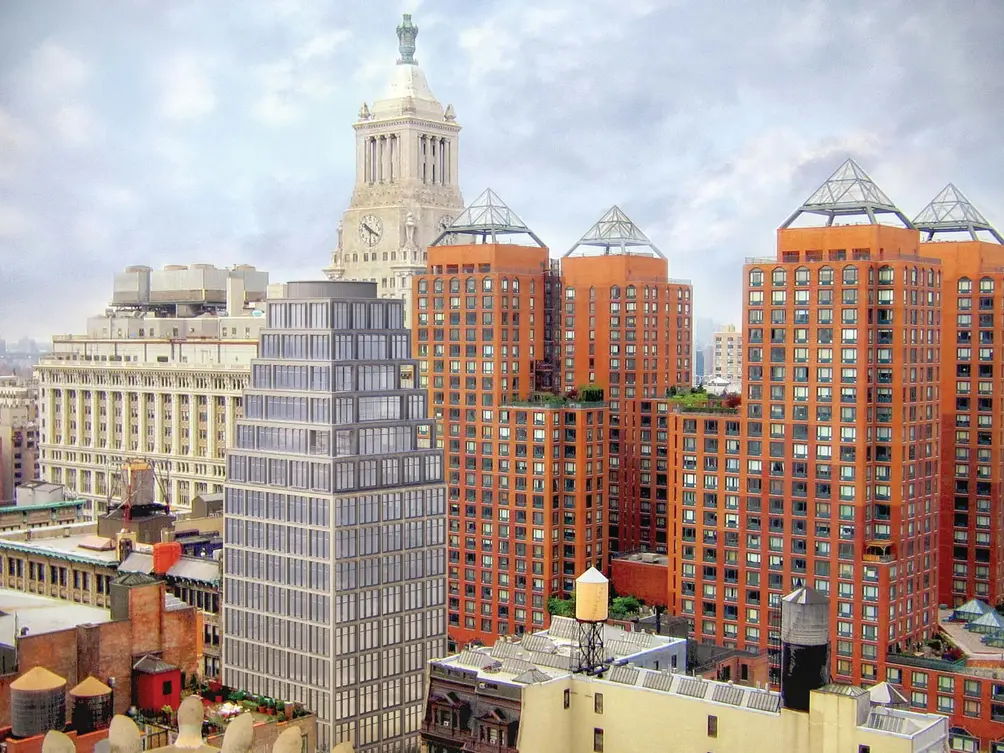 110 East 16th Street is a new mixed-use condo development planned just south of Gramercy Park (sorry, no key!)
110 East 16th Street is a new mixed-use condo development planned just south of Gramercy Park (sorry, no key!)
Notable new developments on the horizon include the conversion of a 12-story office building at 67 Irving Place to 11 high-end residences. Morris Adjmi Architects is the designer of record for this project, as well as for 110 East 16th Street. Landmarks approved this 21-story mixed-use tower before the pandemic, but developer Tishman Realty recently filed to renew their special permit with the Department of City Planning. The tower is expected to contain commercial space, community facility space, up to 18 accessory parking spaces, and 40-55 residential units.
For all their bells and whistles, though, none of these buildings are expected to offer keys to Gramercy Park. We explore the history of the park, present-day rules and policies, and a small handful of current availabilities that allow access.
History
In 1831, developer and urban planner Samuel Ruggles deeded two acres of his extensive property holdings to be used as a park surrounded by mansions, a practice inspired by London. While the first few years were spent draining the wetlands, the park was fenced in the mid-1830s and locked in 1844. It was the antithesis of Union Square, another of Mr. Ruggles' creations regarded as a park for the people.
Over the first 50 years of Gramercy Park’s existence, the gates were only opened once during the Civil War draft riots. The violence spread north from Lower Manhattan, and the Eighth Regiment artillery camped out in the park while defending the people.
In 1890, the New York State Legislature passed a bill that would have allowed a cable car to pass through Gramercy Park. Local activists shut down that proposal, as well as one to run a street through it connecting Irving Place and Lexington Avenue. The second proposal in 1912 was the last serious attempt at breaching the park, and the gates have been locked ever since.
"He cannot for the life of him figure out why this park has to be locked, but he has to admit the fact of the lock makes him feel like he's someplace secret and special" - You Should Be So Lucky
Present Day
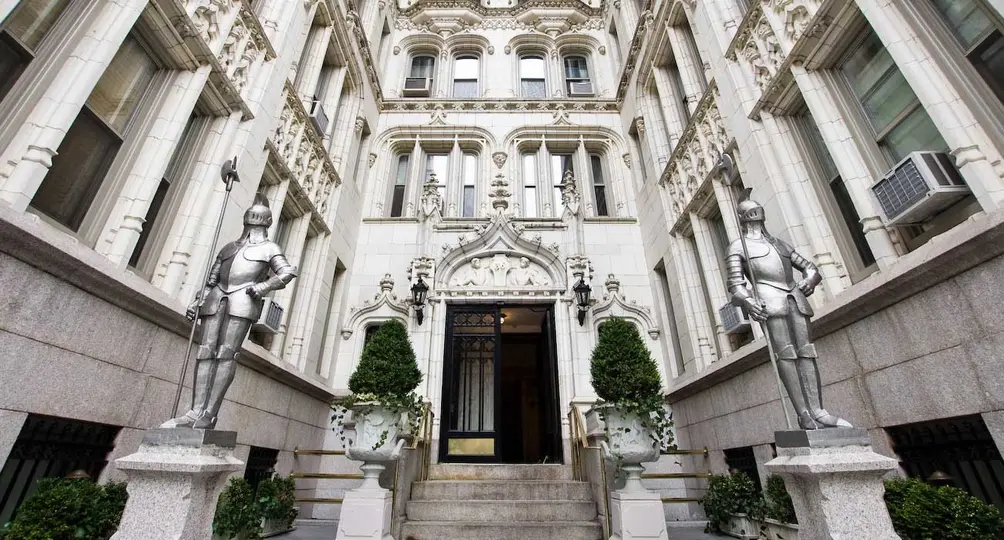 Entrance to 36 Gramercy Park East (Nest Seekers)
Entrance to 36 Gramercy Park East (Nest Seekers)
Gramercy Park is considered the unofficial front yard of the 39 buildings surrounding it. According to The New York Times, each building pays a yearly assessment fee of $7,500, which grants them two keys (buildings with more lots get more keys). Fear of having key privileges rescinded keeps the payments coming in.
Of the 383 keys manufactured in 2012, 126 were managed by doormen and concierges in buildings on the park, who allowed residents to sign them out. Residents who do not wish to go through the building pay $350 a year for personal keys. All keys are numbered and coded, and the keys and locks are changed every year. Those who lose their park keys are charged $1,000 for replacements. If the keys are lost again, the replacement costs $2,000.
Rules and Exclusivity
Nearly 200 years since Mr. Ruggles deeded the land, Gramercy Park remains accessible only to property owners of buildings directly on the park. In addition to The Players, members of the National Arts Club (the first private club to admit women on an equal basis as men), the Brotherhood Synagogue, and Cavalry-St. George’s Church are also eligible for keys to the park.
When the five-star Gramercy Park Hotel was open, guests could use the hotel's keys to the park but were required to be escorted in and out by hotel staff. Whoever holds the keys, the precious hardware is required for both entering and exiting the park. Additionally, keyholders may be accompanied by no more than five guests at a time.
As an aside, Gramercy Park Hotel shuttered in the pandemic, but MCR Hotels acquired the lease to the property in August 2023 and announced plans to reopen it as a luxury boutique hotel following renovations. The reopening is anticipated for spring 2026, and it will bring the reopening of Rose Bar, a rooftop venue, a new restaurant in the former Maialino space, a wine bar with outdoor seating, and a basement speakeasy with a 200-person capacity (h/t Gramercy Local). But for all the updates, the hotel is expected to keep keys to the park.
As an aside, Gramercy Park Hotel shuttered in the pandemic, but MCR Hotels acquired the lease to the property in August 2023 and announced plans to reopen it as a luxury boutique hotel following renovations. The reopening is anticipated for spring 2026, and it will bring the reopening of Rose Bar, a rooftop venue, a new restaurant in the former Maialino space, a wine bar with outdoor seating, and a basement speakeasy with a 200-person capacity (h/t Gramercy Local). But for all the updates, the hotel is expected to keep keys to the park.
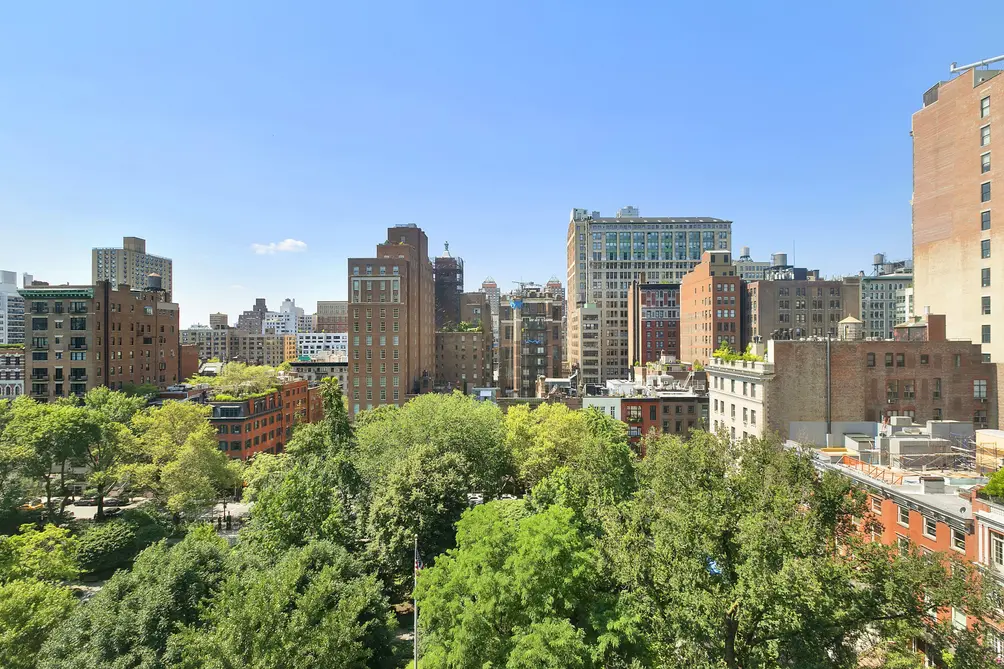 View of Gramercy Park South from the Gramercy Park Hotel (Christie's Real Estate
View of Gramercy Park South from the Gramercy Park Hotel (Christie's Real Estate
Mr. Ruggles described the park as ornamental as opposed to recreational, a mindset that remains in place well into the 21st century. The park closes at dusk every night. During the day, visitors are not permitted to ride bicycles, bring lawn furniture, play Frisbee or “hardball” sports, drink alcohol, smoke, walk dogs, or feed the birds.
The surrounding clubs, churches, and hotels make gorgeous venues for weddings and other events, but photography in the park is not allowed. Nor is commercial photography - witness the ado when an Airbnb guest with a key posted pictures of Gramercy Park to Google Maps in December 2014. And for those unfamiliar with the park’s rules, “Mayor Arlene” Harrison, park trustee and founder of the Gramercy Park Block Association, is one of its fiercest protectors.
For one hour on Christmas Eve, the gates of Gramercy Park traditionally open for caroling hosted by Cavalry-St. George’s Church. For the rest of the year, most of us can only admire it from the fenced perimeter. Availabilities are naturally few and far between, but we take a look at listings that provide keys to the park as well as the apartments.
Would you like to tour any of these properties?
Just complete the info below.
Or call us at (212) 755-5544
Residential buildings with keys to the park:
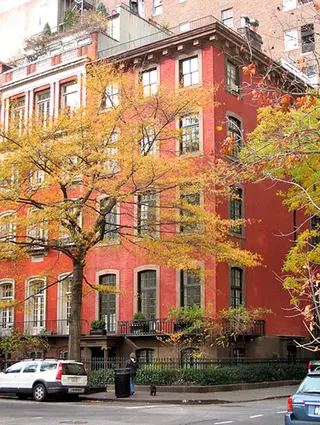
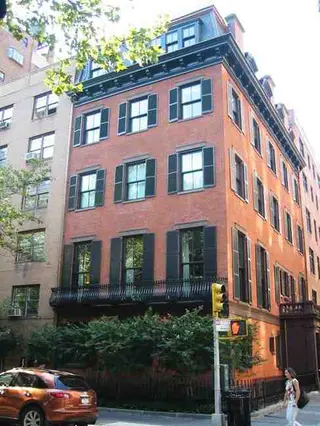 19 Gramercy Park South
19 Gramercy Park South
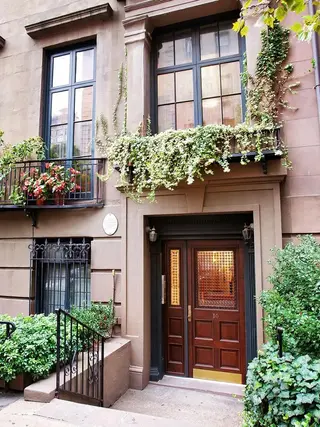 10 Gramercy Park South
10 Gramercy Park South
Homes for sale with Gramercy Park access
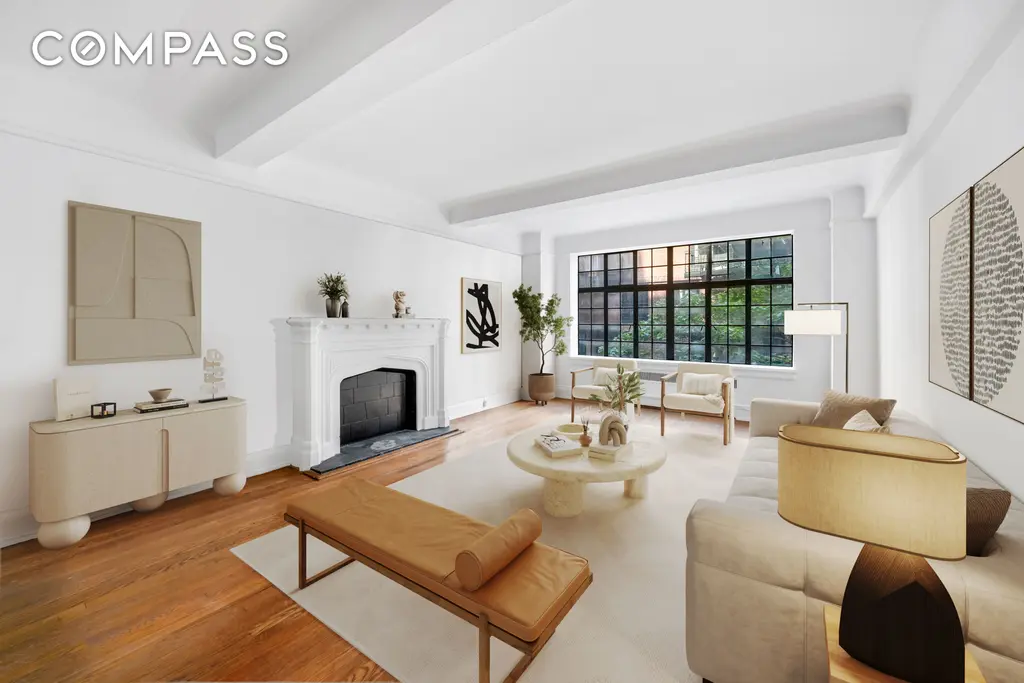
44 Gramercy Park North, #5F (Compass)
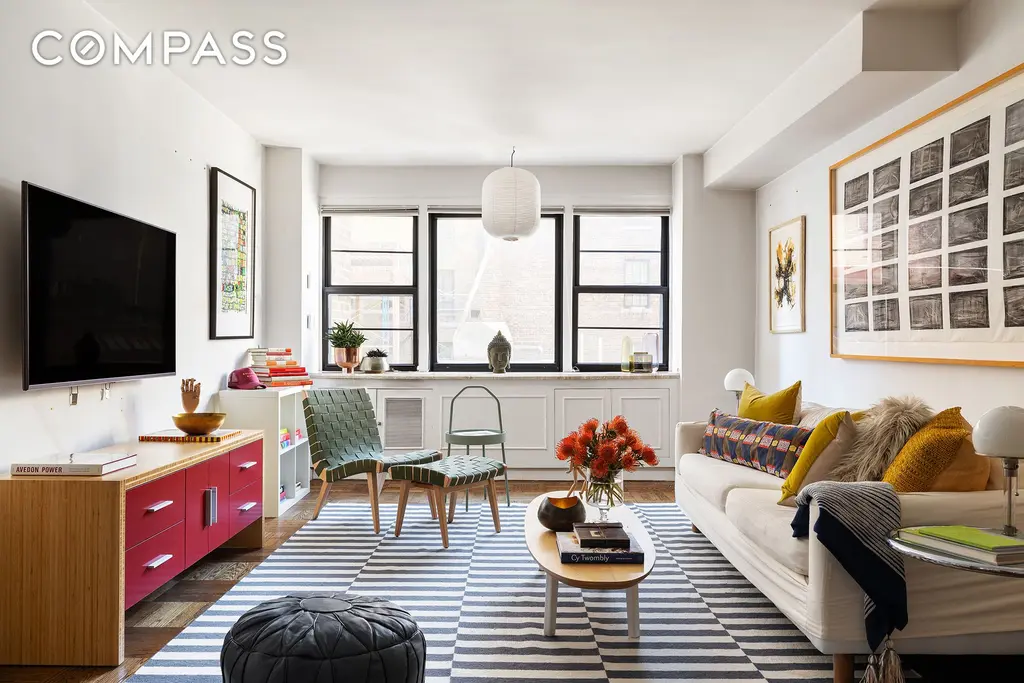
39 Gramercy Park North, #9A (Compass)
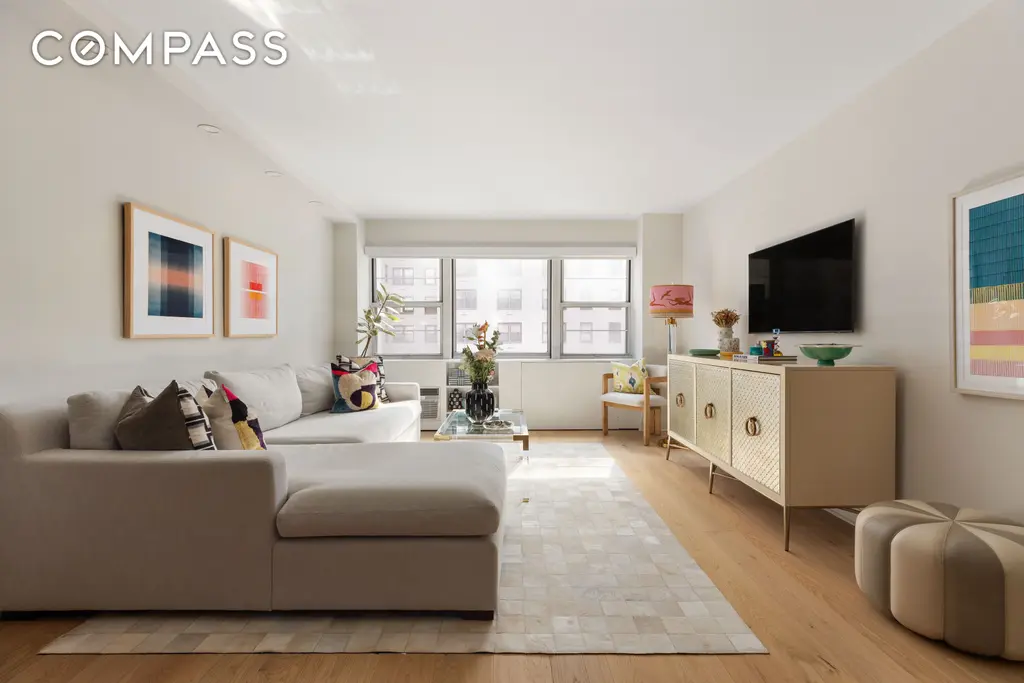
39 Gramercy Park North, #6F (Compass)
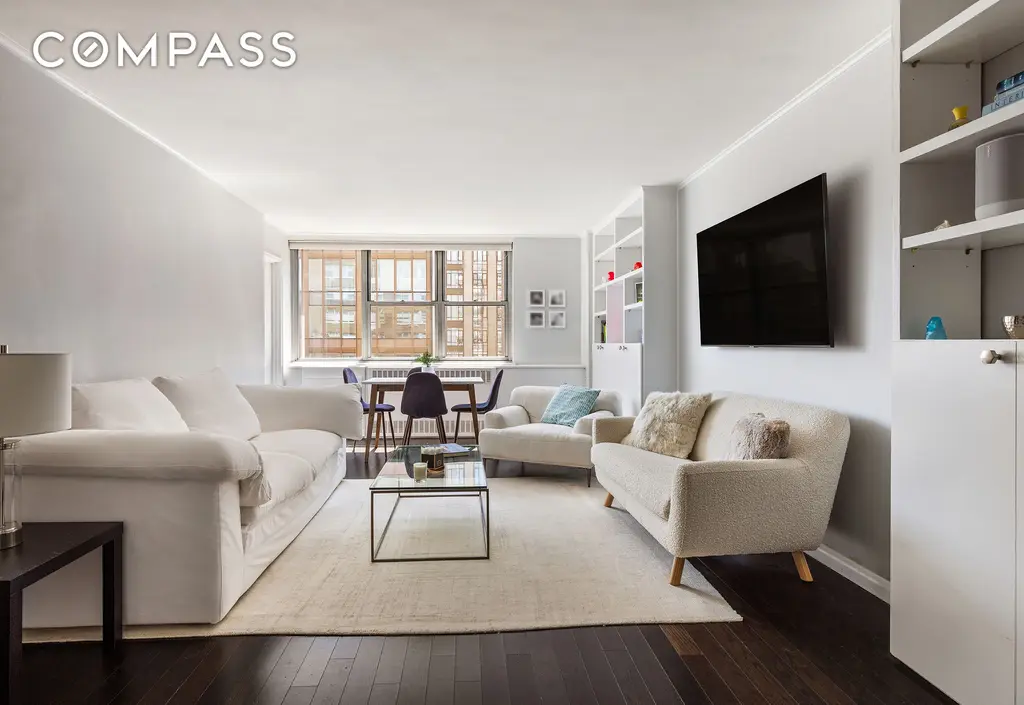
Gramercy Towers, #10G (Compass)
36 Gramercy Park East, #5W
$3,250,000
Gramercy Park | Condominium | 2 Bedrooms, 1.5 Baths | 1,263 ft2
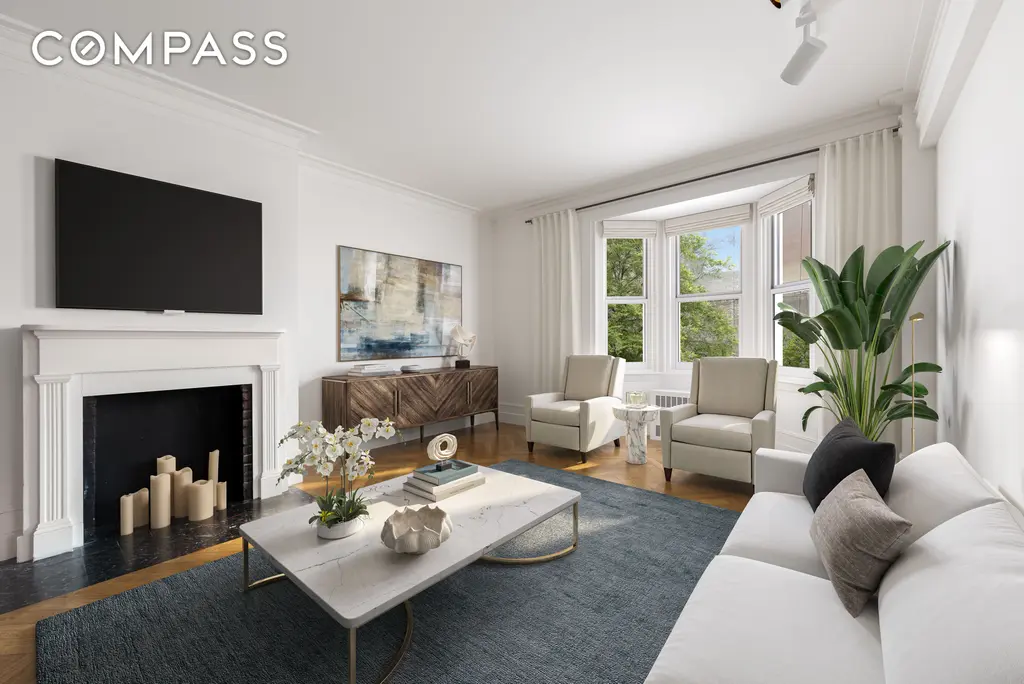
36 Gramercy Park East, #5W (Compass)
60 Gramercy Park North, #5CD
$3,295,000
Gramercy Park | Cooperative | 3 Bedrooms, 2.5 Baths | 2,000 ft2
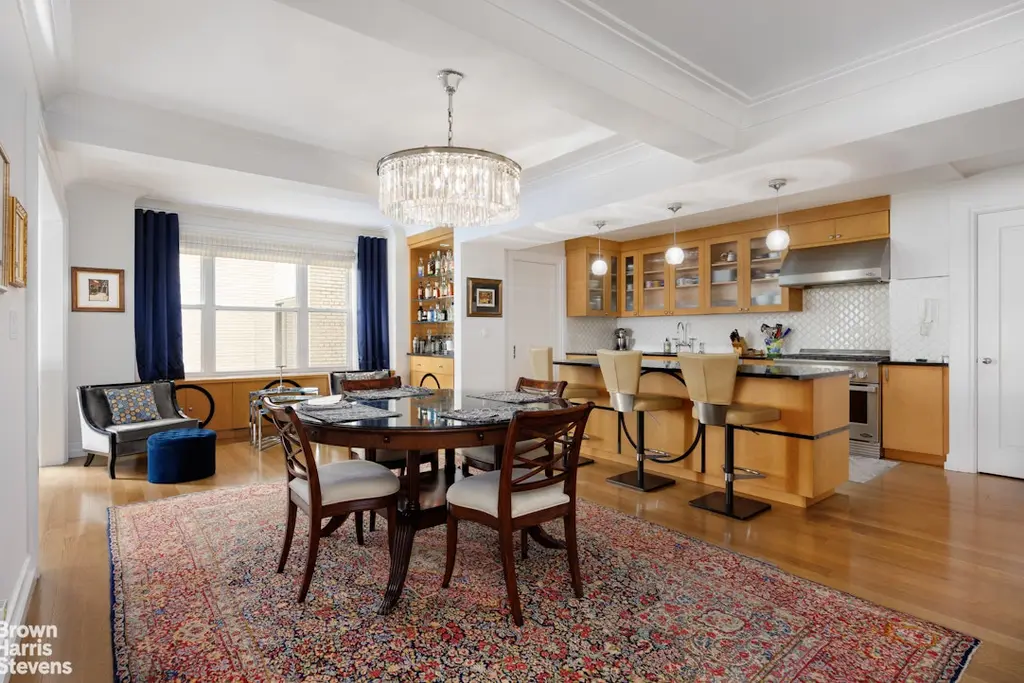
60 Gramercy Park North, #5CD (Brown Harris Stevens Residential Sales LLC)
50 Gramercy Park North, #15A
$3,800,000 (-5%)
Gramercy Park | Condop | 3 Bedrooms, 3 Baths | 3,809 ft2
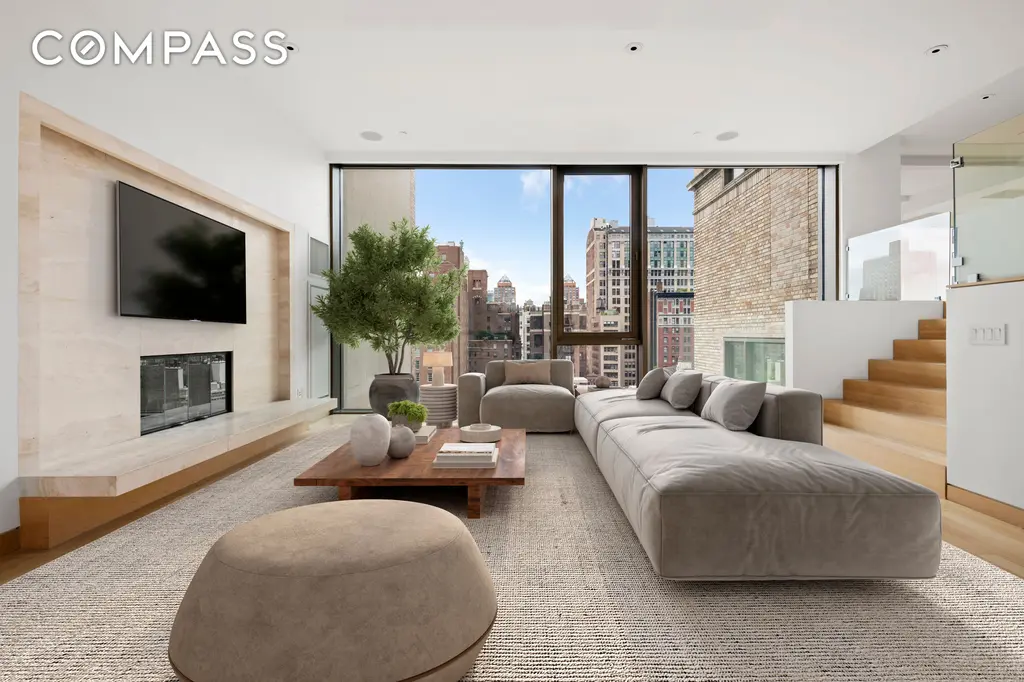
50 Gramercy Park North, #15A (Compass)
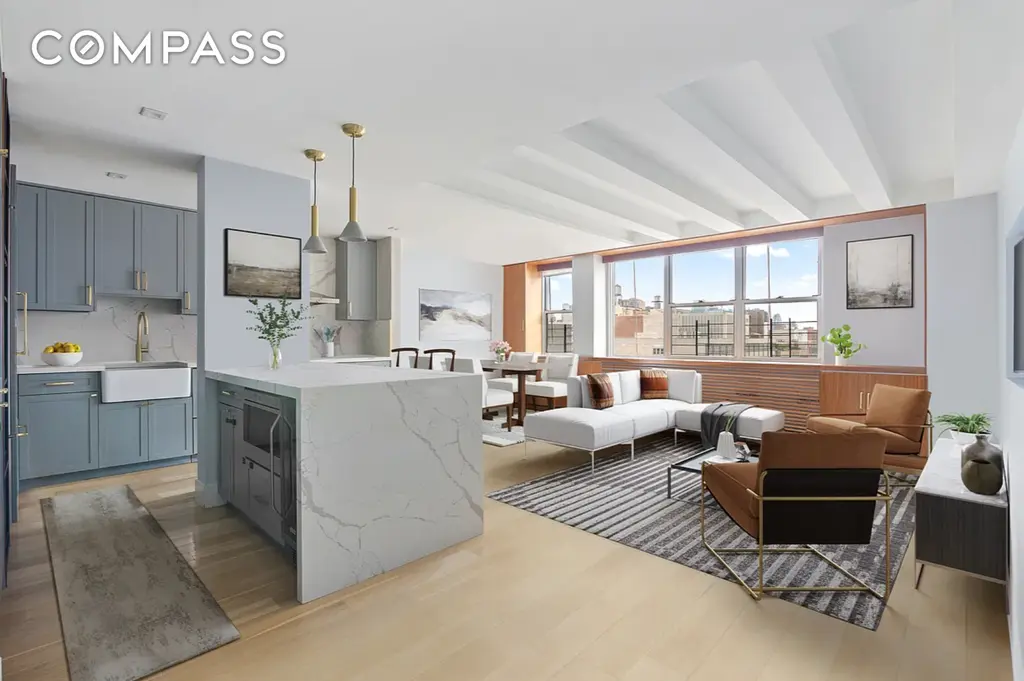
Gramercy Towers, #12DG (Compass)
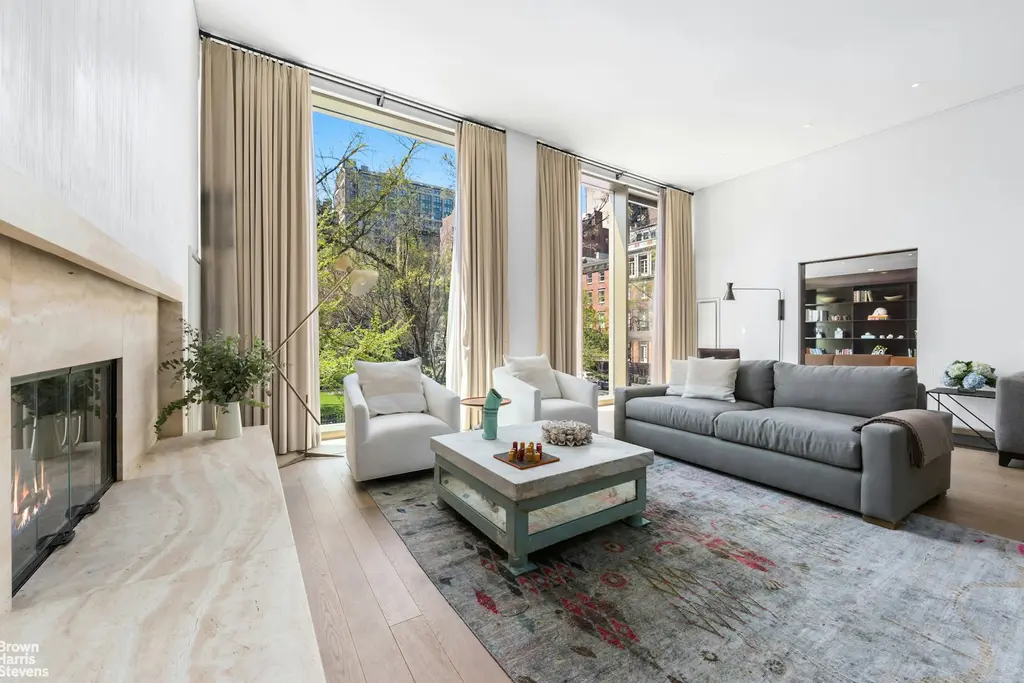
50 Gramercy Park North, #3B (Brown Harris Stevens Residential Sales LLC)
36 Gramercy Park East, #2SW
$5,400,000
Gramercy Park | Condominium | 3 Bedrooms, 3.5 Baths | 2,200 ft2
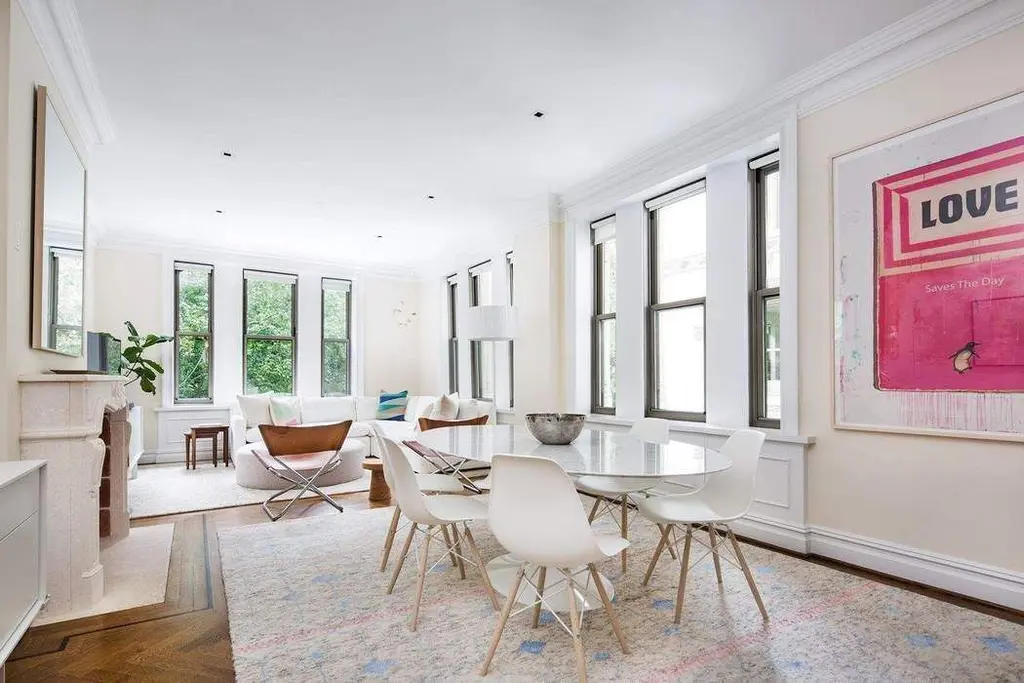
36 Gramercy Park East, #2SW (Sothebys International Realty)
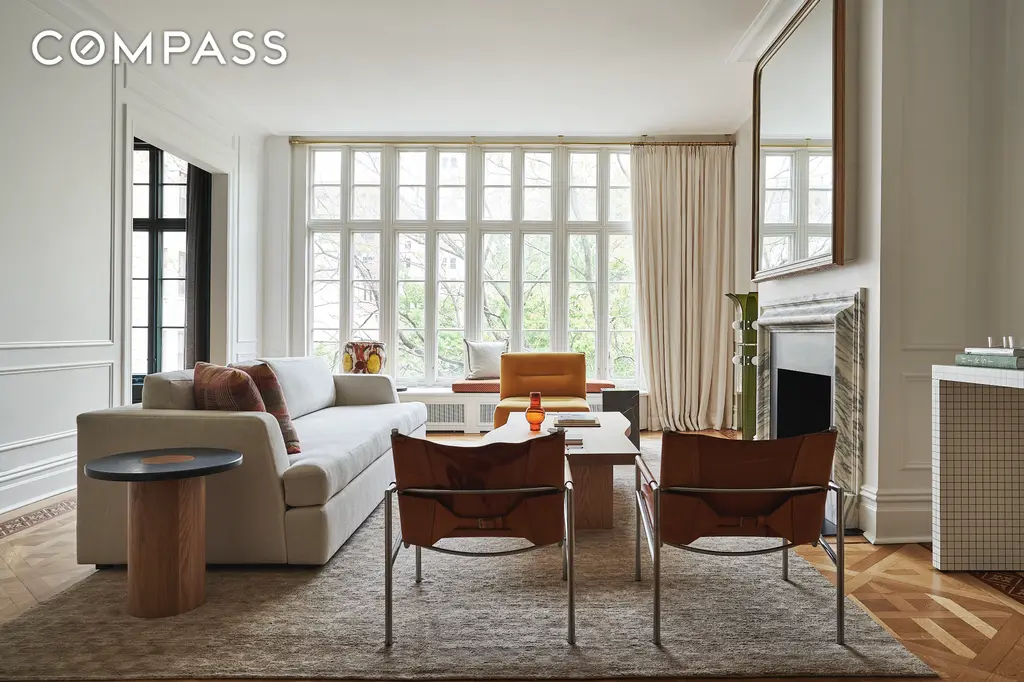
13 Gramercy Park South, #4 (Compass)
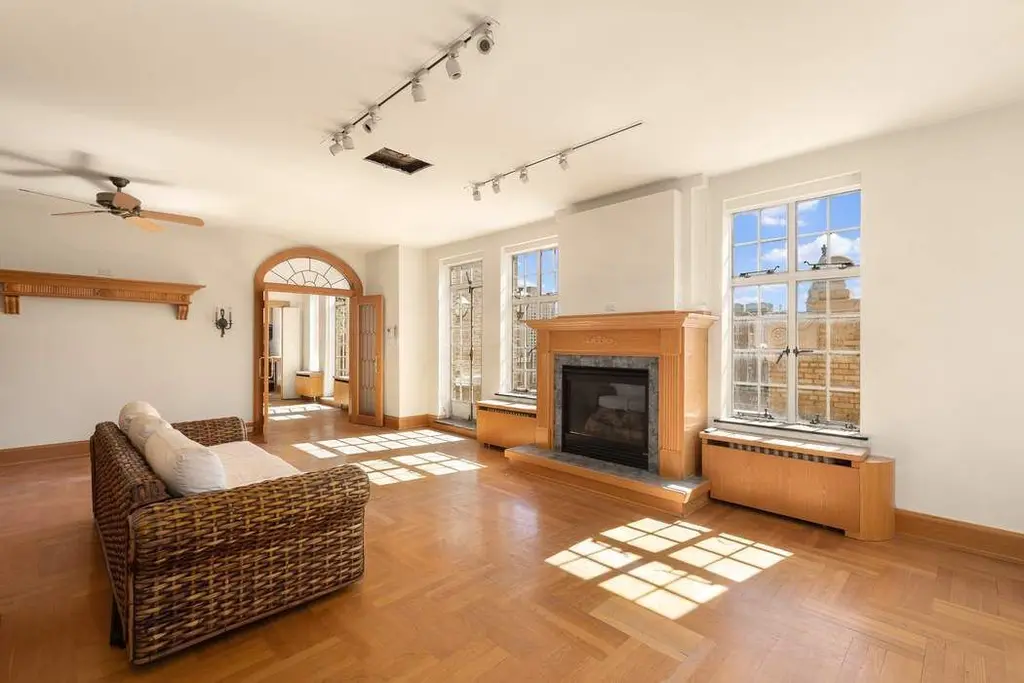
60 Gramercy Park North, #PHA (Sothebys International Realty)
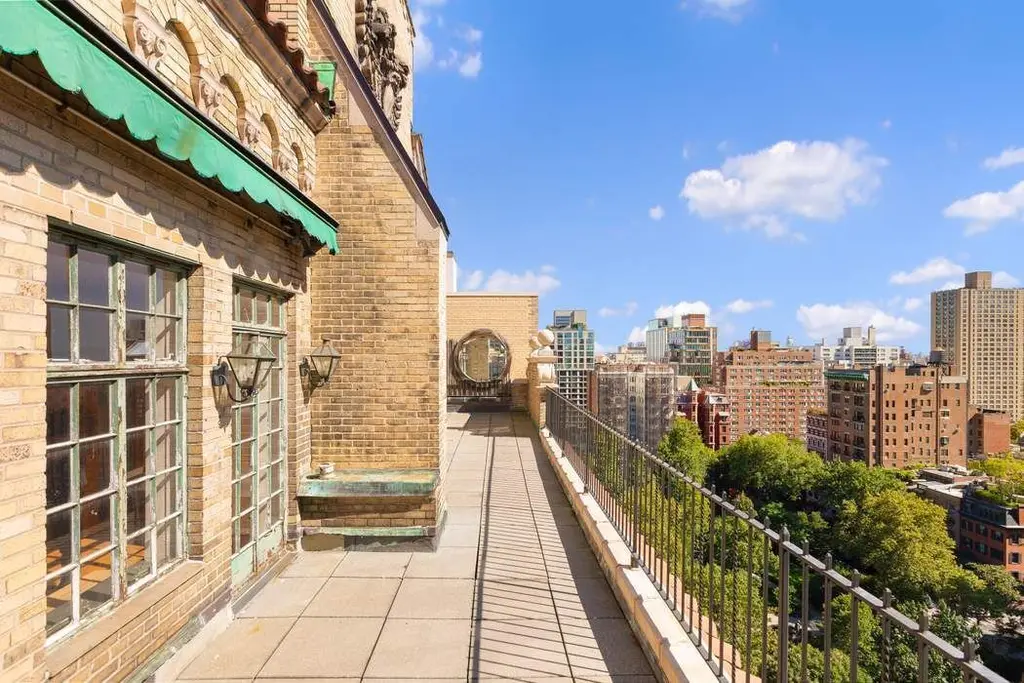
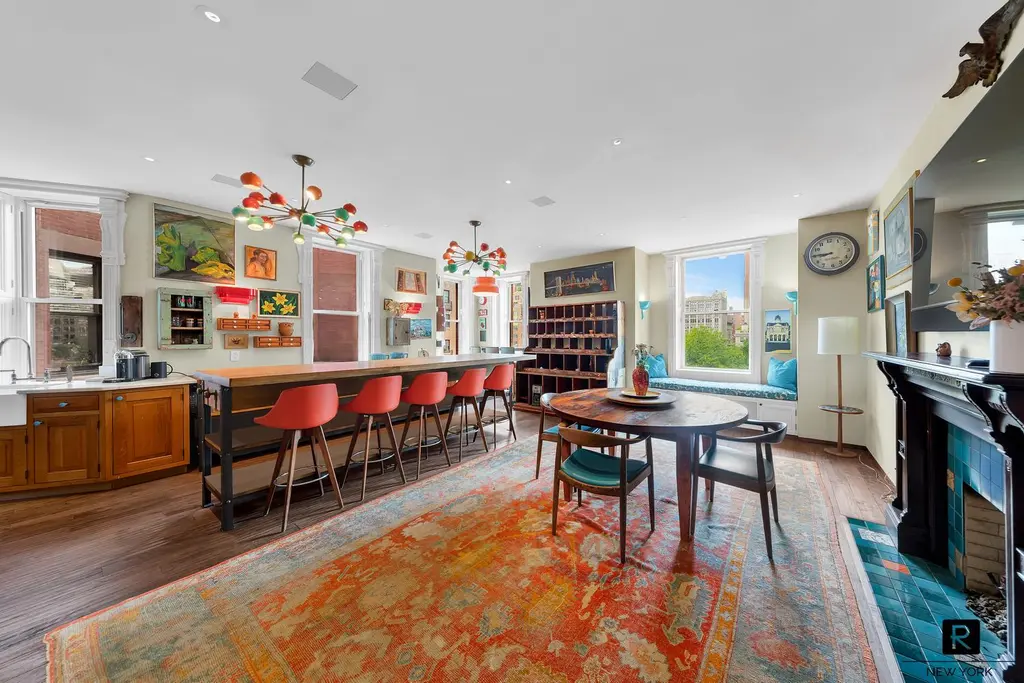
The Gramercy, #PHB (R New York)
22 Gramercy Park South, #PH
$11,000,000
Gramercy Park | Condominium | 3 Bedrooms, 5 Baths | 3,476 ft2
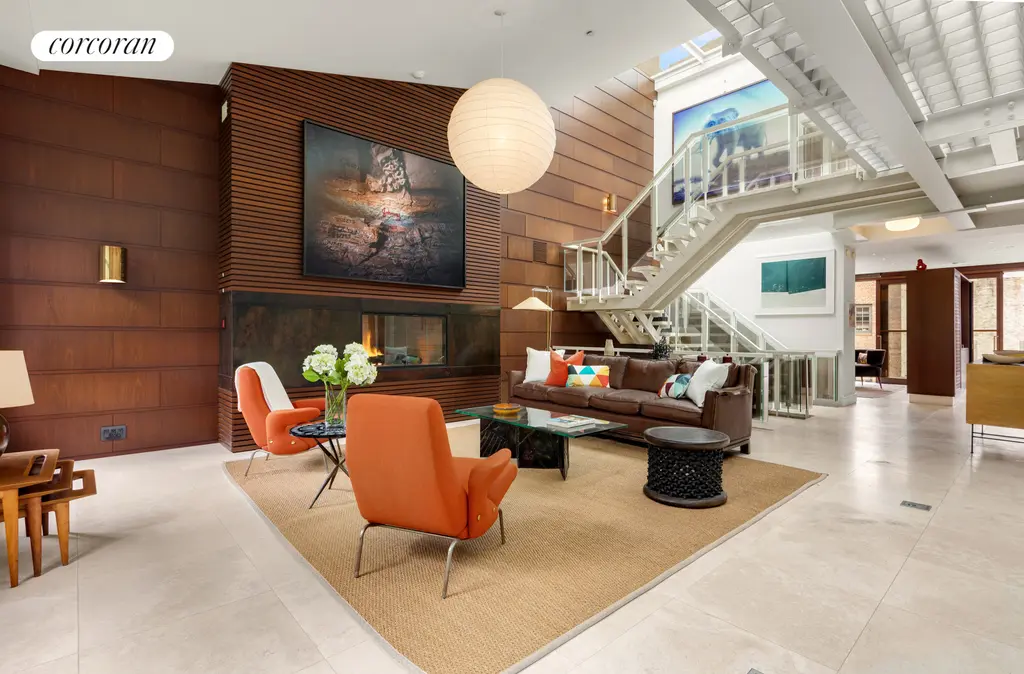
22 Gramercy Park South, #PH (Corcoran Group)
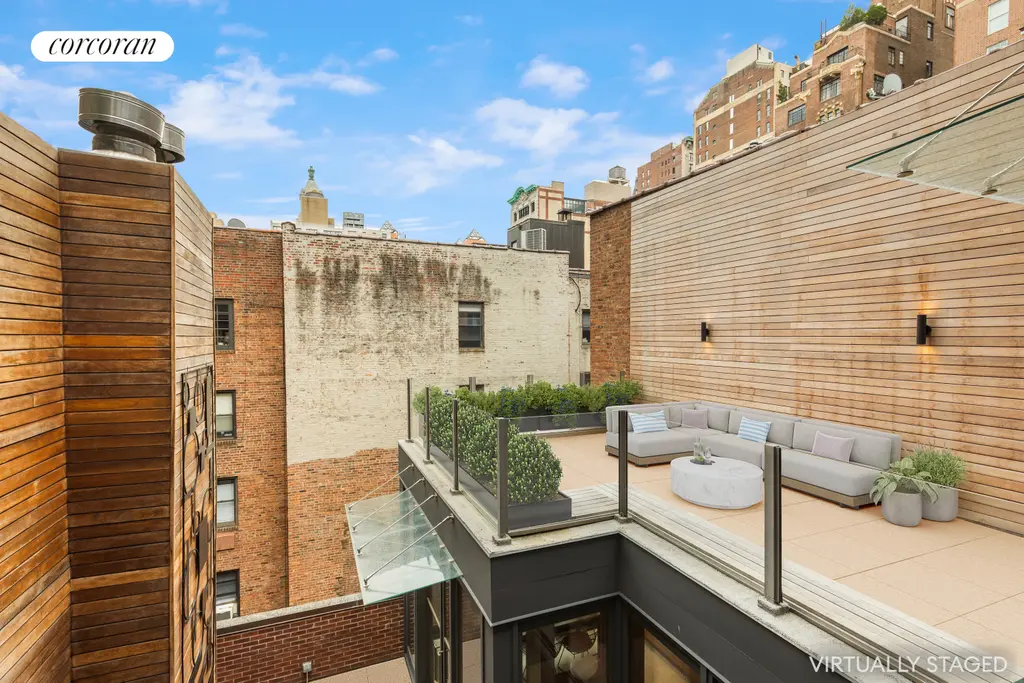
Irving Place, #PH910
$15,495,000 (-18.2%)
Gramercy Park | Condominium | 5 Bedrooms, 5.5 Baths | 4,826 ft2
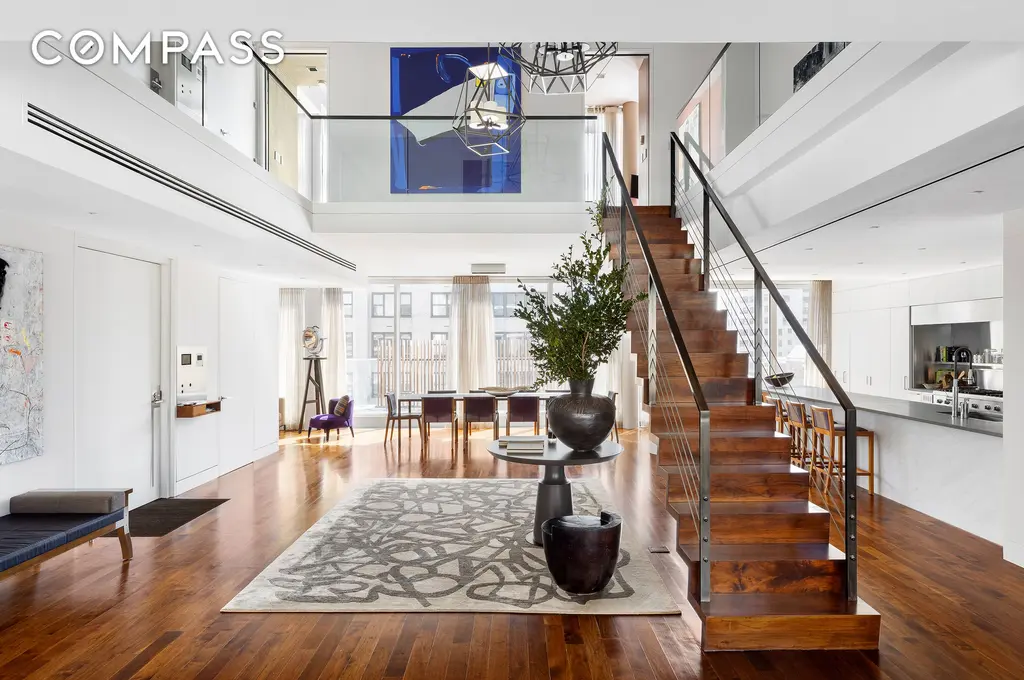
Irving Place, #PH910 (Compass)
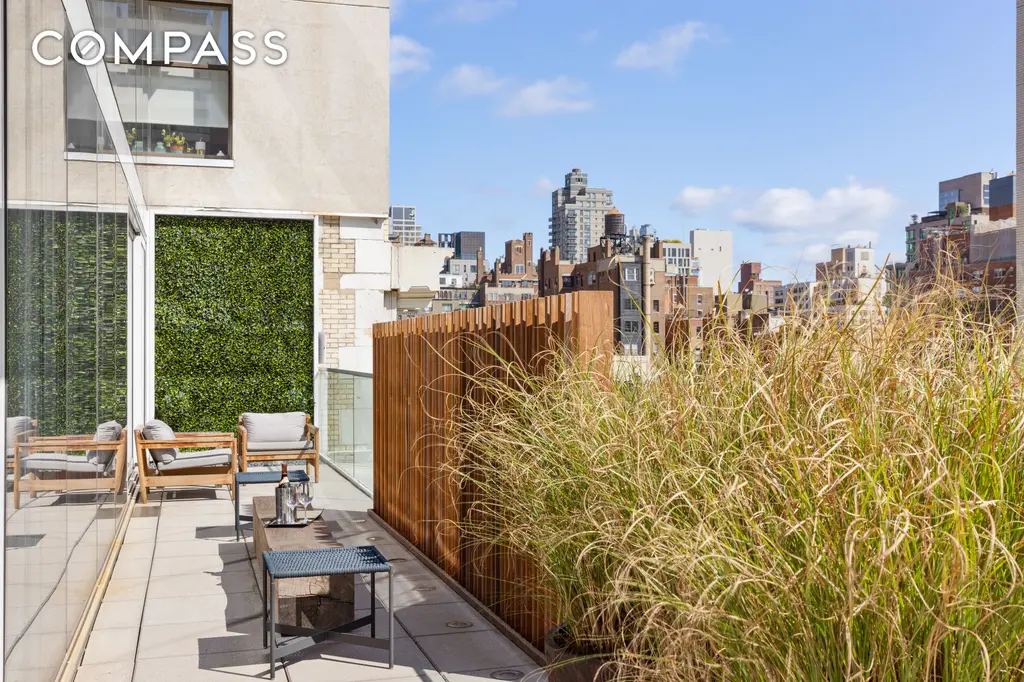
11 Gramercy Park South, #TH
$29,500,000
Gramercy Park | Townhouse | 6+ Bedrooms, 6+ Baths | 12,250 ft2
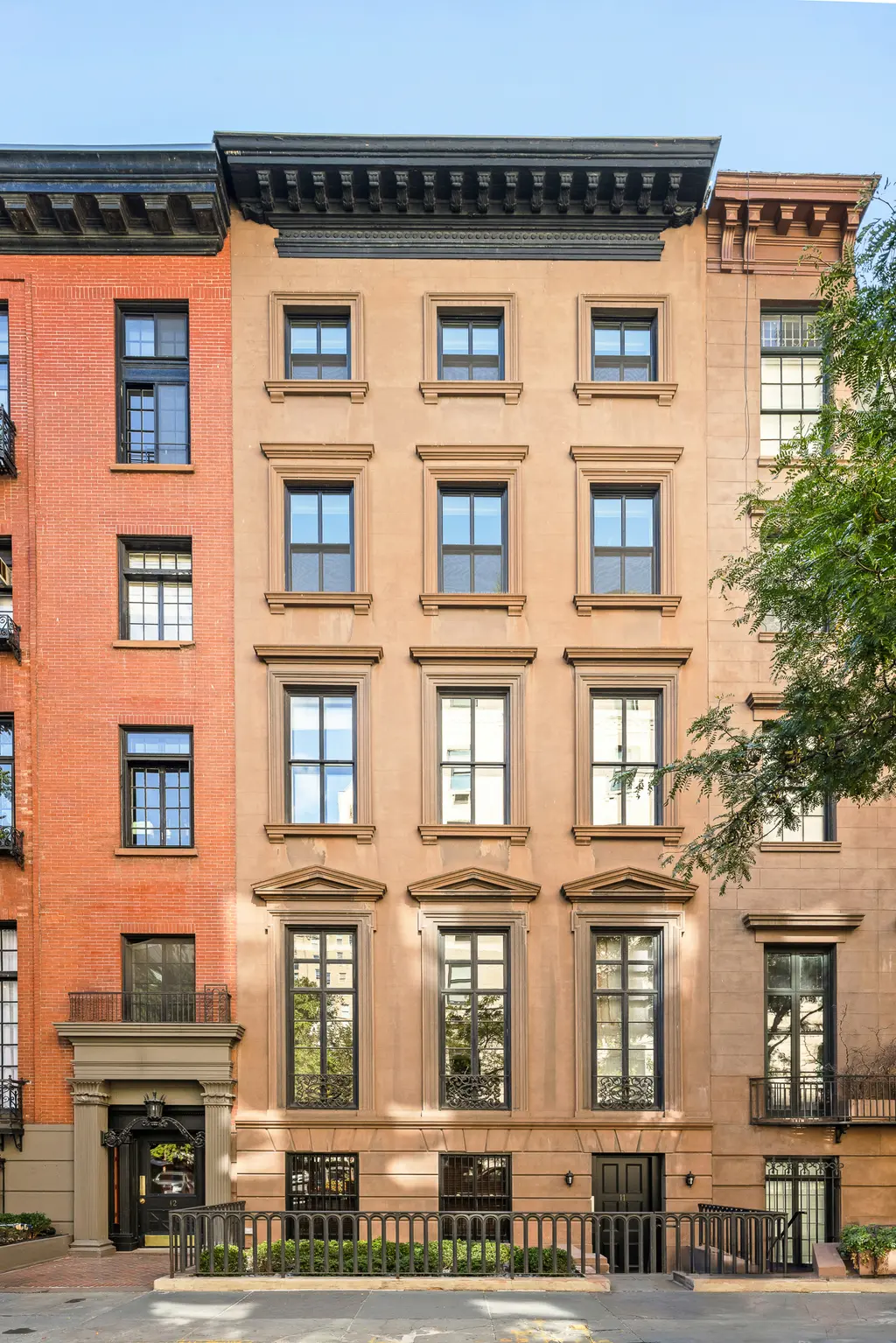
11 Gramercy Park South, #TH (Modlin Group LLC)
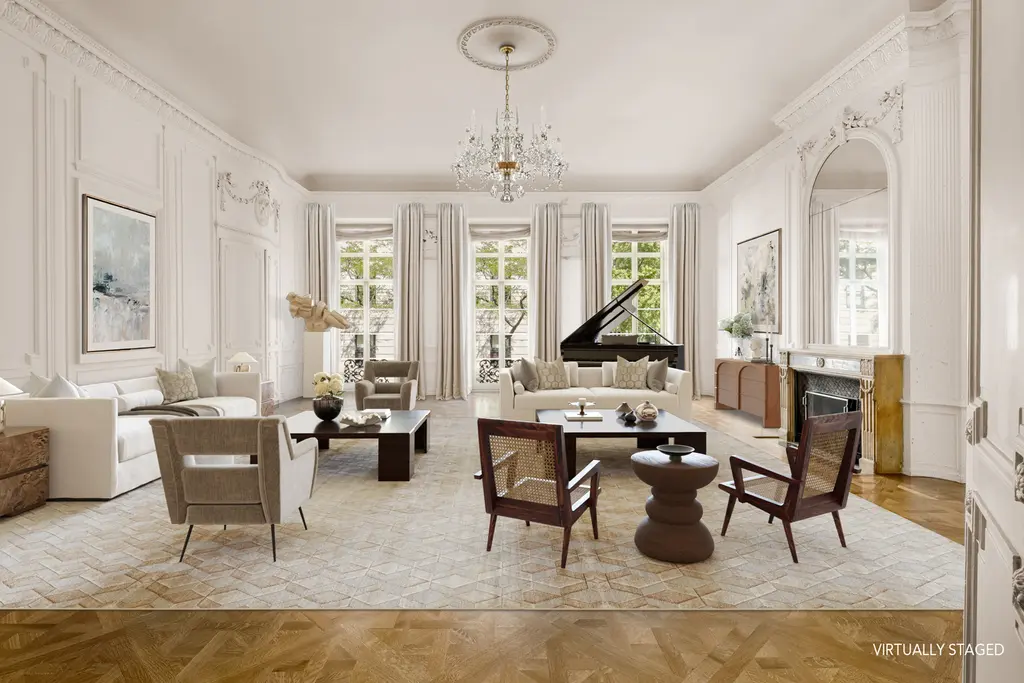
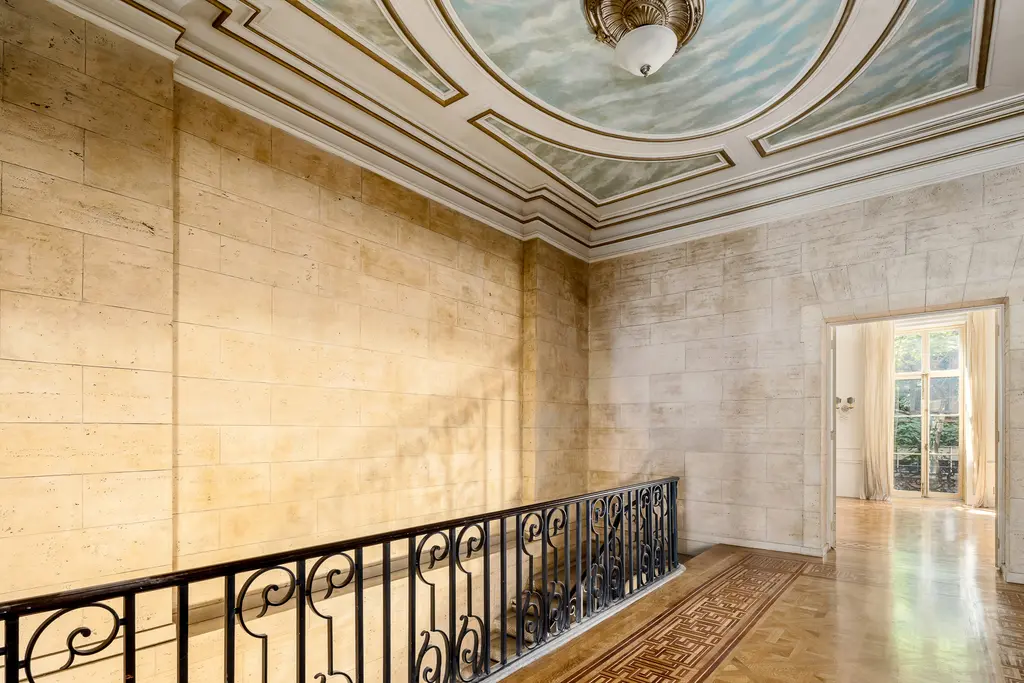
Would you like to tour any of these properties?
Just complete the info below.
Or call us at (212) 755-5544
Would you like to tour any of these properties?

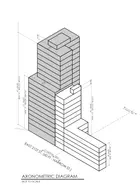
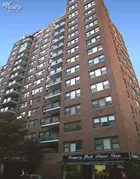
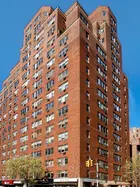
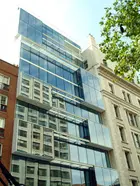
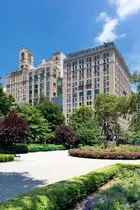
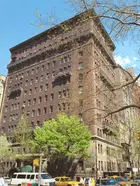

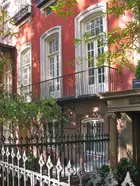
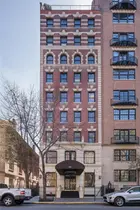


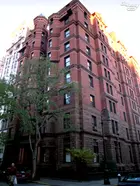
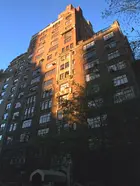
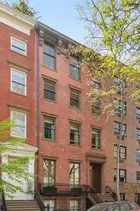

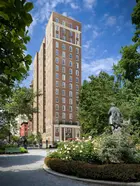
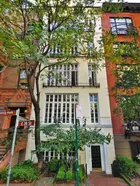


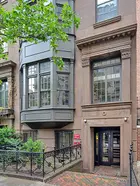


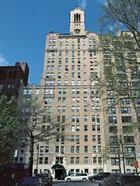

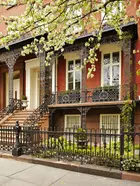
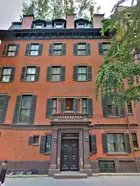
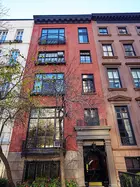

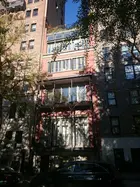
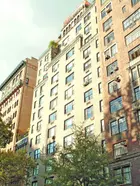
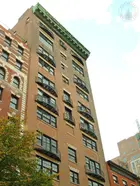
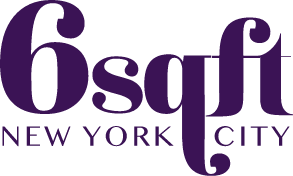 6sqft delivers the latest on real estate, architecture, and design, straight from New York City.
6sqft delivers the latest on real estate, architecture, and design, straight from New York City.
